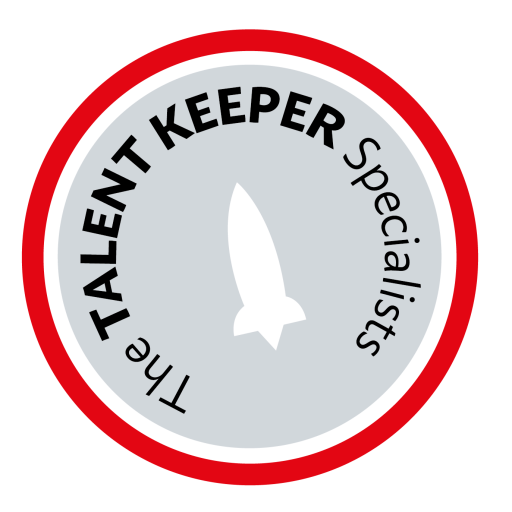Increasing your impact and making the most of your time
Returning to work probably requires you to find a different pace and a sharper focus compared to how you’ve spent your time whilst away. In this article from Comeback Community™ (our platform for people preparing for/returning from any type of extended leave) we’re sharing seven superbly simple tools to make an impact with the time you have.
If you’re coming back on reduced hours, or no longer have the inability to ‘stay late’ and play catch up on things not completed during the normal work day you might be wondering how you’ll deliver all you did before. The answer? Don’t even try to! This is an opportunity to start afresh, consider the impact you want to have and make a plan to get there.
SEVEN SIMPLE TOOLS:
- Rocks, pebbles, sand
- If you only worked one day a week
- Stop, start, continue
- Biggest task first
- Five minute start
- Time boxing
- Scheduling self-time

1. Rocks, pebbles, sand
Author of the excellent book “The Seven Habits of Highly Effective People,” Stephen Covey, talks about figuring out which things in your life are the ‘rocks’ – the big, important things – that you’ll be miffed if you don’t make happen. His analogy is a vase (your life) to be filled with rocks, pebbles and sand (the stuff that fills your time). If you put the sand in the vase first, followed by the pebbles (the smaller, less important stuff) there won’t be so much time for the rocks. Put the rocks in first, followed by the pebbles then the sand will slide down to fill the gaps.
You can think about this at work too. What are your rocks? These are usually the things that really make a difference to at least one of the following:
- to you or your team, department or organisation’s profile
- your customers/clients’ success and their desire to continue to work with you
- a step change in a process or knowledge
- profitability or rankings
2. If you only worked one day a week
Struggling to work out what your rocks are? Imagine you only worked one day a week. What would your line manager want you to do in that time? What is it that you do or could be doing that really makes a difference to your team, organisation, sector or even the world?
Now add a second day, what else would you be doing? More of the same or something else? Coachees we’ve worked with tell us this is a useful way to work out what really matters and to commit to doing it.
3. Stop, start, continue
If you’re coming back to work on less hours than you worked before, it’s vital you consider what you won’t be doing – and who is going to do it instead. If you’re working four days a week instead of five, what 20% of your role is going to be deferred, delegated or ditched altogether? When you drop a percentage of your role, think strategically. What do you need to hang onto for personal satisfaction, meaning and career advancement? Whilst it might not be possible to retain the parts of the role you want, you need to give it some thought before you have the conversation with your line manager.
Even if you’re coming back to the same hours it’s worth giving some thought to what you are going to:
- Stop
- Start
- Continue
This is about coming back on purpose, intent on being effective (doing the right things) as well as being efficient (getting them done in timely fashion).
4. Biggest task first
If you’re a list-lover you probably like getting stuck into e-mails and other quick wins at the start of your working day. This is a mistake. When you’re time poor those precious, freshest hours at the start of the working day need to be spent on your most challenging tasks. Spend 90 minutes tackling the most important thing and then move into e-mail management and quick wins as a break from the intense work.
5. Five minute starts
We’ve all had those times when we’ve had such a big task in front of us and we haven’t known where to start, so we didn’t. We delayed until another day thinking that the passage of time is going to make it easier for us. Wrong! The best way to get moving is to commit a small chunk of time, even just five minutes, to getting it going. Those five minutes are about getting over your inertia and once you’ve started to ‘move’ it’ll feel easier and you’re likely to work beyond the initial time you set yourself.
From Wikipedia: The Pomodoro Technique is a time management method developed by Francesco Cirillo in the late 1980s.[1] The technique uses a timer to break down work into intervals, traditionally 25 minutes in length, separated by short breaks. These intervals are named pomodoros, the plural in English of the Italian word pomodoro (tomato), after the tomato-shaped kitchen timer that Cirillo used as a university student.
6. Time-boxing
You probably know this experience well: you write a to-do list for the week and find you only get half of it done. You’ve been full-on all week so you really don’t understand what happened. This is a classic and it’s because most of us are pretty poor at accurately predicting how long a task will take us. This is where time-boxing comes in: allocating a set amount of time to do a task. Be it writing a report, producing an outline for a lecture, preparing a pitch deck or reviewing customer feedback, you can choose how much time to give it and then no more. Activities have a way of filling whatever time we give them and our minds tend to be much more focused when there’s a deadline. Try allocating 45 minutes to a task that usually dribbles on for two hours and see what happens….
7. Schedule time with yourself
On that note, who said diaries were only for recording meetings with other people? Try blocking out time in your diary to work on your ‘rocks’ (see above). We all know the magic happens between meetings so if you find most of your working week is spent in scheduled sessions with other people, this is definitely a technique you should try.
